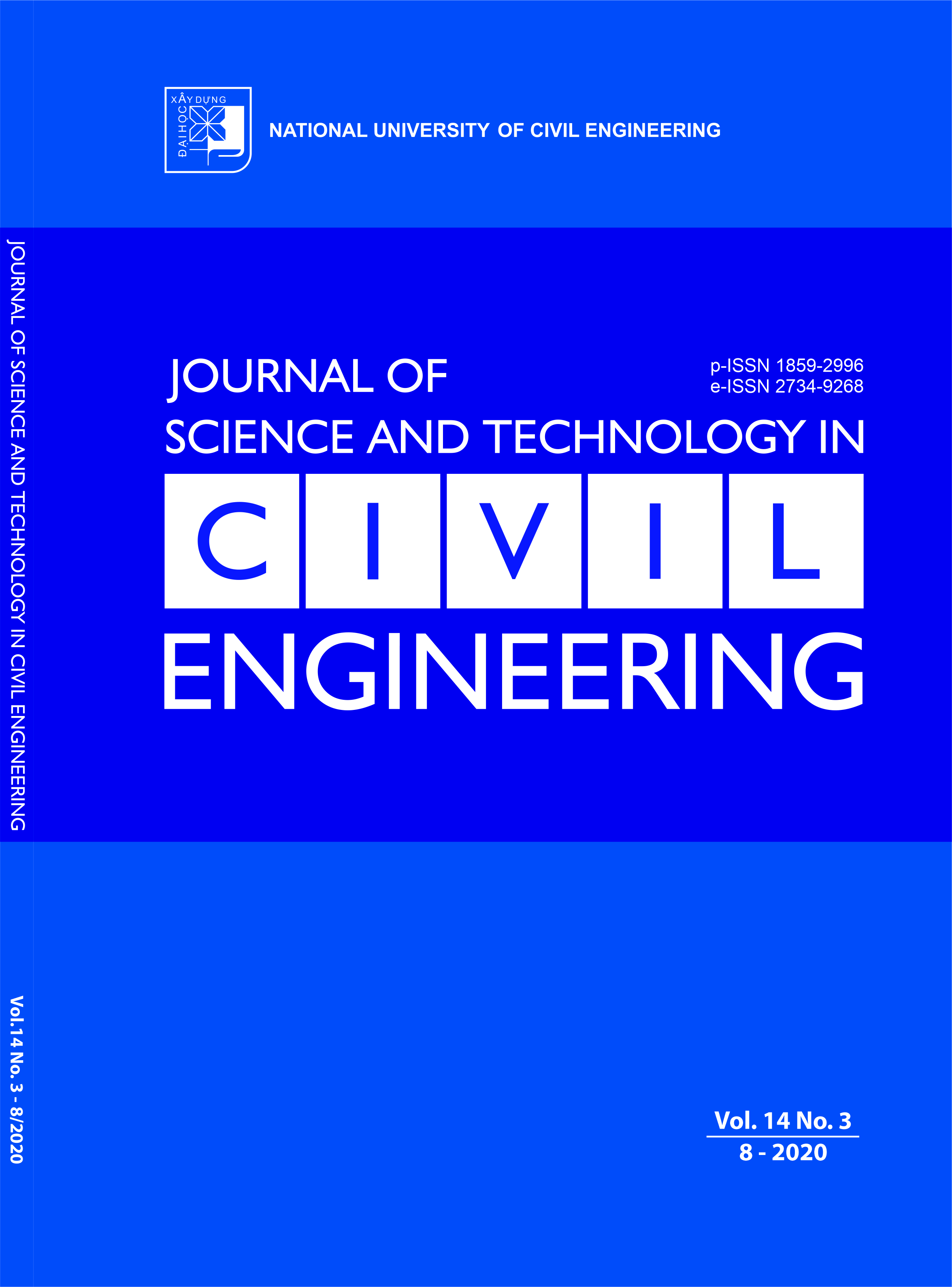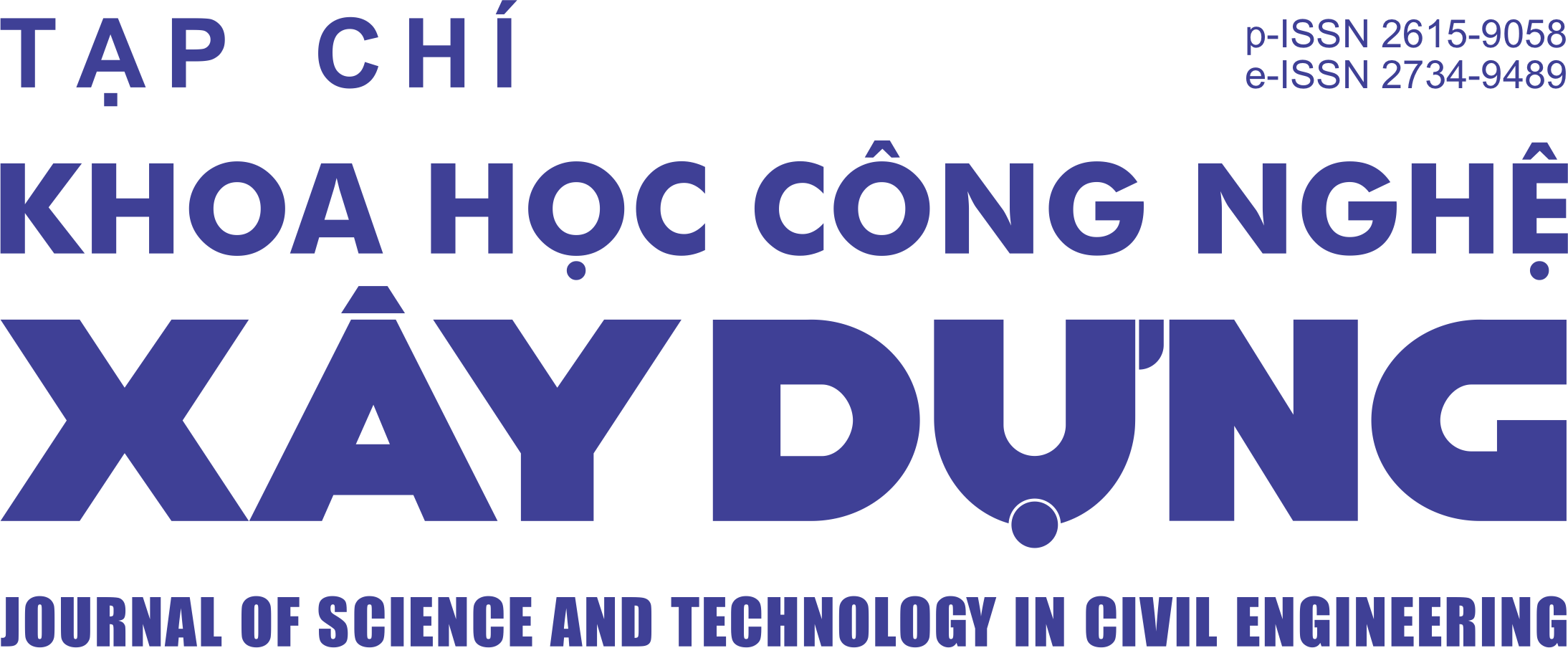Numerical studies on residual strength of dented tension leg platforms under compressive load
Abstract
This paper focuses on numerical investigations and derived formulation to evaluate the residual strength of tension leg platforms (TLPs) with the local denting damage under axial compression loading. The damage generation scenarios in this research are represented the collision accidents of offshore stiffened cylinders TLPs with supply ships or floating subjects. The finite element model is performed using a commercial software package ABAQUS, which has been validated against the experiments from the authors and other researchers. Case studies are then performed on design examples of LTPs when considering both intact and damaged conditions. Based on the rigorous numerical results, the new simple design formulations to predict residual strength of dented TLPs are derived through a regression study as the function of a non-dimensional dent depth. The accuracy and reliability of the derived formulation are validated by comparing it with the available test results in the literature. A good agreement with existing test data for ship-offshore structure collisions is achieved.
Keywords:
dented stringer-stiffened cylinder; residual strength; tension leg platforms (LTPs); axial compression; residual strength formulation.
Downloads
Copyright (c) 2020 National University of Civil Engineering

This work is licensed under a Creative Commons Attribution-NonCommercial-NoDerivatives 4.0 International License.
1. The Author assigns all copyright in and to the article (the Work) to the Journal of Science and Technology in Civil Engineering (JSTCE) – Hanoi University of Civil Engineering (HUCE), including the right to publish, republish, transmit, sell and distribute the Work in whole or in part in electronic and print editions of the Journal, in all media of expression now known or later developed.
2. By this assignment of copyright to the JSTCE, reproduction, posting, transmission, distribution or other use of the Work in whole or in part in any medium by the Author requires a full citation to the Journal, suitable in form and content as follows: title of article, authors’ names, journal title, volume, issue, year, copyright owner as specified in the Journal, DOI number. Links to the final article published on the website of the Journal are encouraged.
3. The Author and the company/employer agree that any and all copies of the final published version of the Work or any part thereof distributed or posted by them in print or electronic format as permitted herein will include the notice of copyright as stipulated in the Journal and a full citation to the Journal as published on the website.







